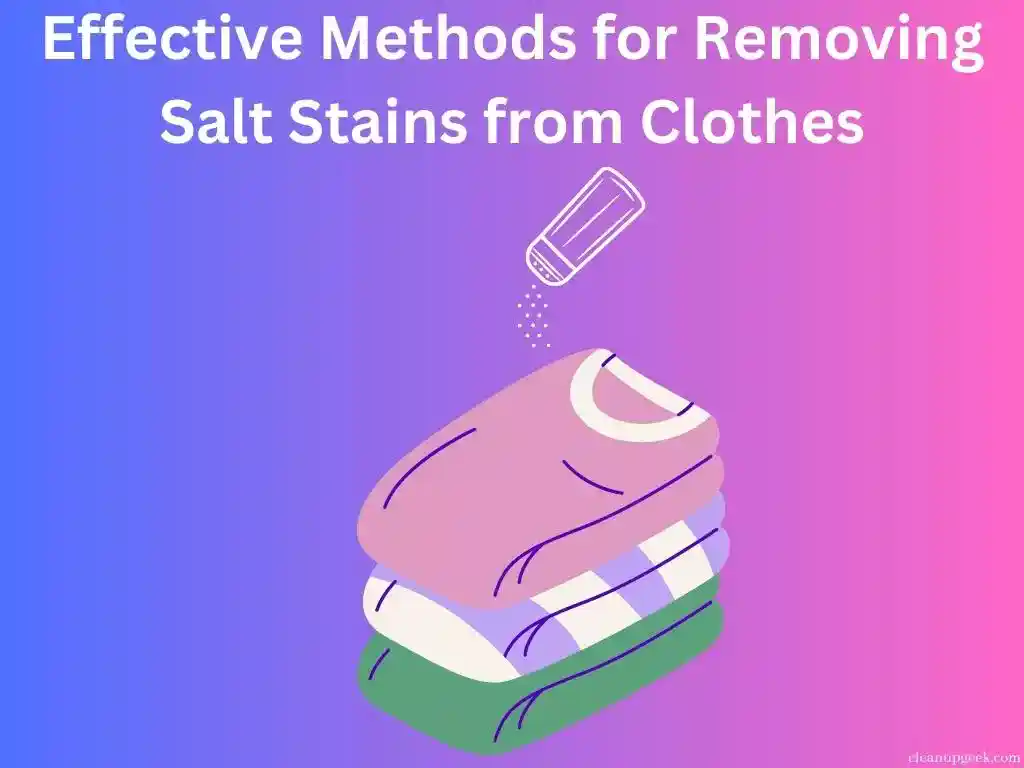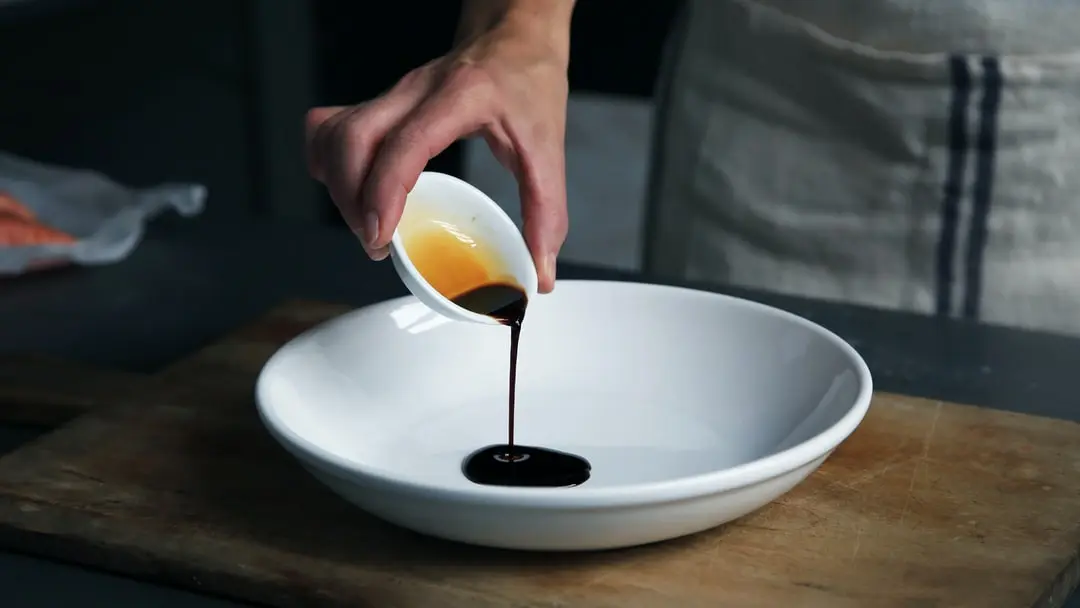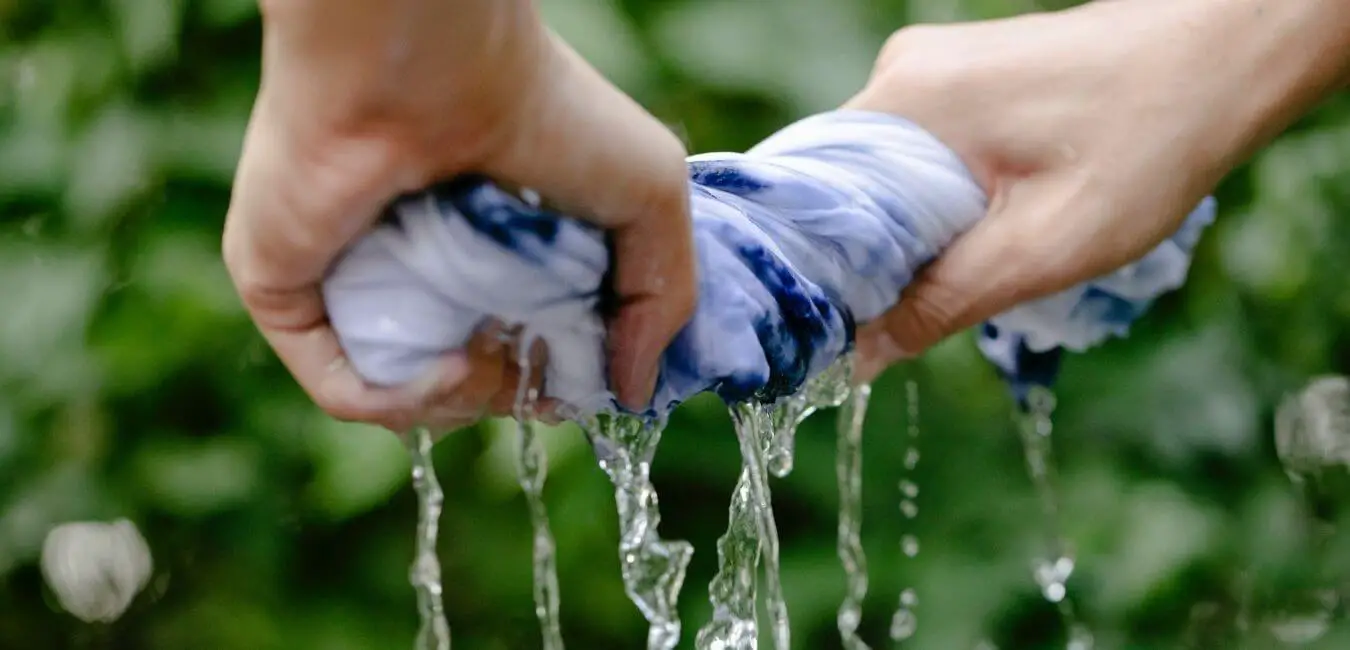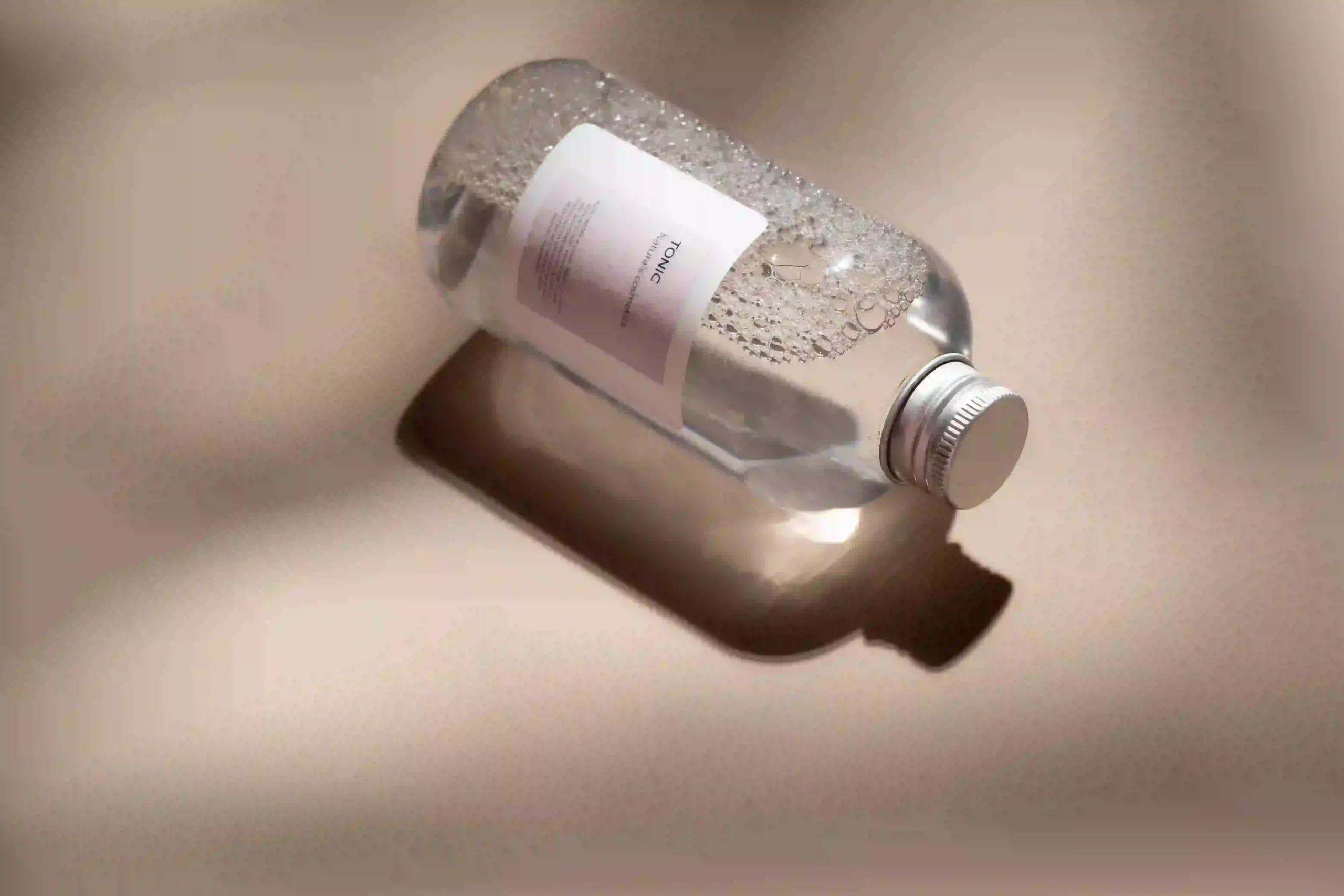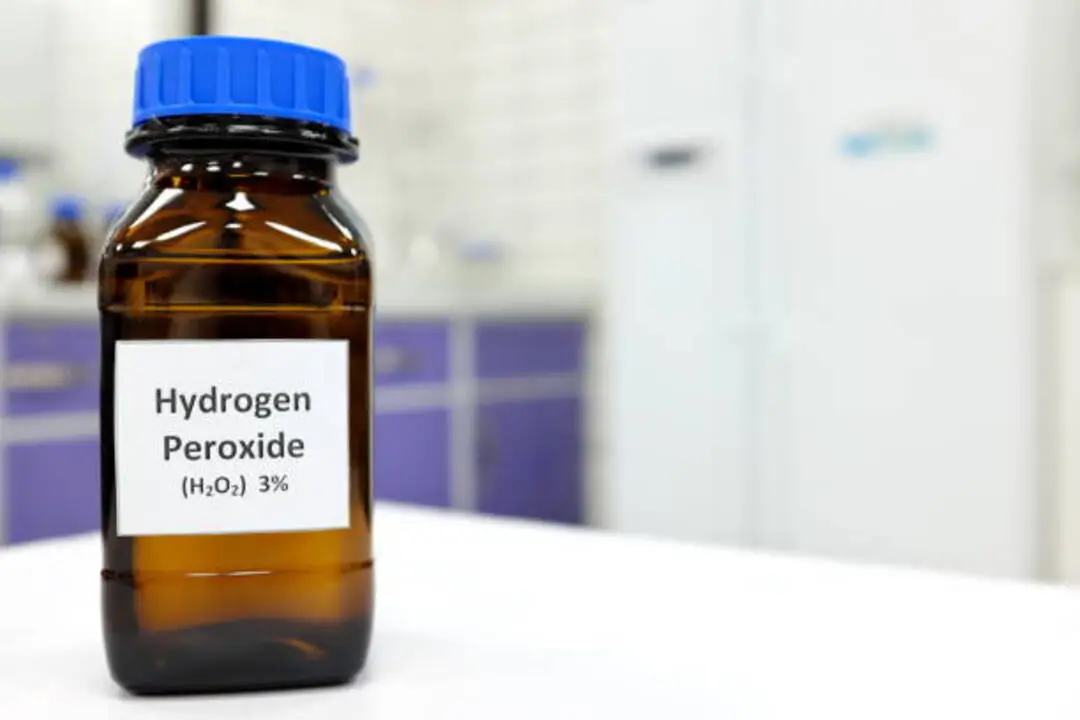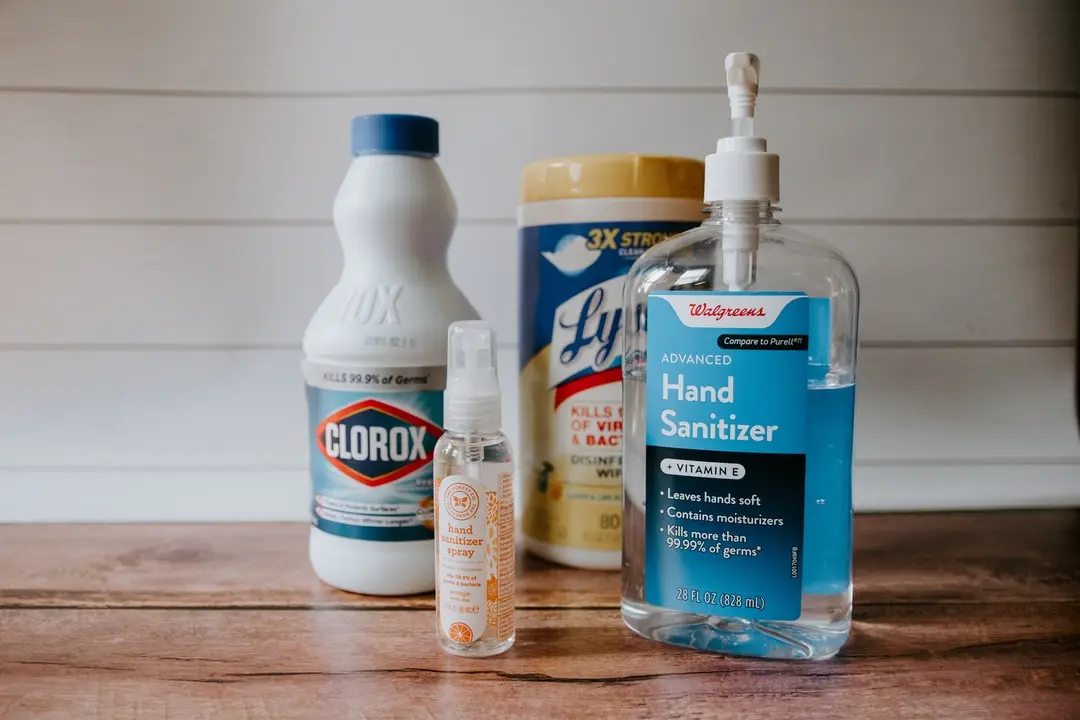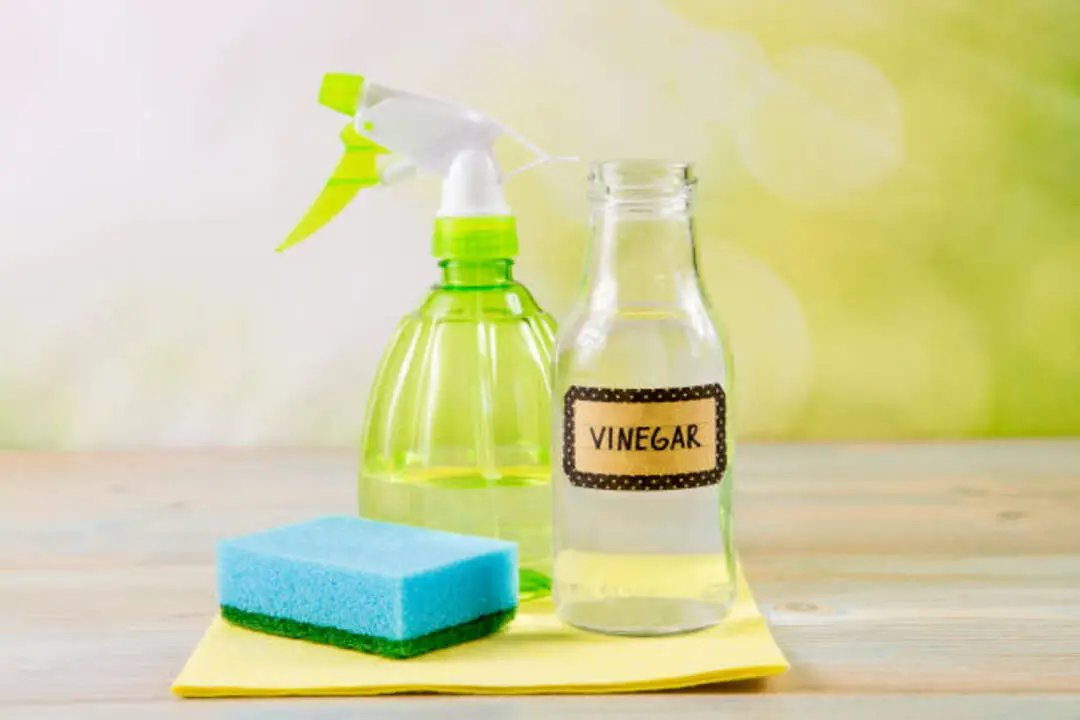Dealing with salt stains on your favorite clothes can feel like a daunting task. However, did you know that common household items like white vinegar can effectively eliminate these stubborn spots?
Our article will guide you through simple yet effective methods to remove salt stains from various types of fabric, saving your treasured garments.
Let’s dive in and discover how easily you can conquer these pesky stains!
KEY INFORMATION
- Salt stains can damage clothes by making the fabric stiff, causing color fading, and weakening the fibers.
- Factors to consider when removing salt stains include fabric type and care instructions, age and severity of the stain, and availability of materials.
- Effective methods for removing salt stains involve brushing away excess salt, rinsing or soaking in cold water, treating with a stain remover, and washing as usual.
- Additional tips include using salt-free ice melt, cleaning leather and suede goods with vinegar solution, and removing salt stains from carpets and rugs through blotting and vinegar solution.
Can Salt Stains Damage Your Clothes?

Salt stains can cause damage to your clothes, including potential fabric deterioration and color fading.
1. Understanding the impact of salt stains on clothing
Salt stains can change your clothes. They make the fabric stiff and leave a white mark. The color of your clothing can fade because of salt. Salt also pulls moisture out of your clothes.
This makes them dry. Dry fabrics can tear easily. So, it’s good to clean salt stains quickly from all types of clothes and shoes.
2. Potential damage to fabric and color fading
Salt stains have the potential to damage the fabric and cause color fading. The abrasive nature of salt can weaken the fibers of clothing, leading to tears and holes over time.
Additionally, when salt comes into contact with dyes or pigments in fabrics, it can cause colors to fade or become distorted.
This is particularly true for delicate or brightly colored garments. It’s important to remove salt stains promptly and with care to avoid further damage to your clothes.
Factors to Consider When Removing Salt Stains

Consider the fabric type and care instructions, as well as the age and severity of the stain, when determining the best method for removing salt stains from clothes.
1. Fabric type and care instructions
Different fabrics require different care when it comes to removing salt stains. It’s important to check the care instructions on your clothing before attempting any stain removal methods.
Some fabrics, like cotton and polyester, can usually tolerate washing with water and detergent. However, delicate fabrics like silk or wool may require more gentle treatment. In these cases, you may need to spot-clean the salt stains using a solution of vinegar and water or take them to a professional cleaner.
Always follow the fabric’s care instructions to avoid damaging your clothes during the stain-removal process.
2. Age and severity of the stain
The age and severity of the salt stain on your clothes are important factors to consider when removing them. Older and more severe stains may require more intensive methods to completely remove them.
It’s best to tackle fresh salt stains as soon as possible, while they are still relatively easy to remove. For older or set-in stains, you may need to repeat the removal process multiple times or try different methods for better results.
The severity of the stain refers to how deeply it has penetrated into the fabric fibers. Deeper stains might take longer to remove and may require additional treatments like soaking or scrubbing.
3. Availability of materials and tools
To remove salt stains from clothes effectively, you’ll need a few materials and tools. Thankfully, these items are easy to find and use. First, make sure you have a soft-bristled brush or an old toothbrush on hand.
This will help you gently scrub away any excess salt before treating the stain. Next, gather some cold water and a clean cloth or sponge for rinsing and blotting the affected area.
You may also want to have a stain remover handy, whether it’s a commercial product or a homemade solution like distilled white vinegar mixed with water. Lastly, don’t forget your regular laundry detergent for washing the clothes as usual once the stains are treated.
Effective Methods for Removing Salt Stains from Clothes

To effectively remove salt stains from clothes, start by brushing away any excess salt. Then, rinse or soak the affected area in a white vinegar solution. Treat with a stain remover and wash as usual to completely remove the salt stains.
1. Brushing away excess salt
To remove salt stains from clothes, start by brushing away any excess salt. Use a soft brush or cloth to gently remove the salt from the surface of the fabric.
- Brush off the salt with gentle strokes.
- Make sure to get rid of as much salt as possible.
- Be careful not to scrub too hard and damage the fabric.
- Use a soft-bristled brush or a clean, dry cloth to sweep away the salt.
- Work in one direction to avoid spreading the stain further.
2. Rinsing or soaking the affected area
To remove salt stains from clothes, you can try rinsing or soaking the affected area. Here’s how:
- Fill a basin or sink with cold water.
- Gently rub the stained spot on the clothing or shoes with your fingers.
- Soak the garment in the water for about 15 minutes.
- Rinse the item thoroughly with cold water to remove any remaining salt.
- Gently squeeze out the excess water and let it air dry.
3. Treating with a stain remover
To remove salt stains from clothes, you can use a stain remover. Here’s how to do it:
- Identify the salt-stained area on the clothing.
- Apply a small amount of stain remover directly to the stained spot.
- Gently rub the stain remover into the fabric using a clean cloth or sponge.
- Let the stain remover sit on the stain for a few minutes to penetrate it.
- Rinse the treated area with cold water to remove any leftover residue.
- Check if the salt stain is completely gone. If not, repeat the process until it disappears.
- Once the stain is removed, wash the clothing as usual.
4. Washing as usual
To remove salt stains from clothes, follow these steps:
- Start by brushing away any excess salt from the affected area.
- Rinse or soak the stained spot in cold water for a few minutes to help loosen the salt.
- Apply a stain remover directly to the stain and gently rub it into the fabric using a clean cloth or sponge.
- After treating the stain, wash the clothing as you normally would.
- Use the recommended temperature and laundry detergent for the fabric type.
- Once washed, check if the salt stain has been completely removed.
- If not, repeat the process or try an alternative method.
- Avoid using hot water on salt stains, as it can set them deeper into the fabric.
- Always follow the care instructions on your clothing labels to prevent damage during washing.
Additional Tips for Handling Salt Stains

Prevention strategies can help avoid salt stains on your shoes, such as applying a protective spray or using waterproof shoe covers when walking in snowy or icy conditions.
1. Prevention strategies
To prevent salt stains on your clothes, here are some effective strategies:
- Apply a solution of water and vinegar to your shoes or boots before wearing them in the winter.
- Use a salt-free ice melt on your driveway and walkways to avoid tracking salt into your home.
- Avoid stepping in puddles or slushy areas where there may be salt residue.
- Clean and dry your shoes thoroughly after being exposed to salt.
- Consider using protective sprays or coatings on your shoes and winter clothing to make them more resistant to salt stains.
- Keep a damp cloth handy to quickly wipe away any salt residue from your clothes or shoes.
- Regularly clean and treat your leather and suede goods with the appropriate products to prevent salt stains from setting in.
2. Using salt-free ice melt
When it comes to removing salt stains from clothes, using salt-free ice melt is a great option. Here are some reasons why:
- Salt-free ice melt does not contain sodium chloride, which means it won’t leave behind any salt residue on your clothes.
- It is safe to use on all types of fabrics, including delicate ones like silk or wool.
- Salt-free ice melt is effective at melting ice and snow without causing any damage to your clothes.
- It helps prevent new salt stains from forming on your shoes and clothing.
- You can easily find salt-free ice melt at hardware stores or online.
3. Cleaning salt stains from leather and suede goods
To clean salt stains from leather and suede goods, follow these steps:
- Mix a solution of equal parts cold water and distilled white vinegar.
- Dampen a clean cloth with the vinegar solution.
- Gently blot the salt-stained areas on the leather or suede goods.
- Avoid rubbing or scrubbing too hard, as this can damage the material.
- Continue blotting until the salt stains are removed.
- Allow the leather or suede to air dry completely.
- If necessary, use a soft brush to restore the texture of the material.
4. Removing salt stains from carpets and rugs
Salt stains on carpets and rugs can be unsightly and difficult to remove. Here are some methods you can try:
- Blot the stain: Use a clean, damp cloth to blot the salt stain gently. Avoid rubbing, as it may push the salt deeper into the fibers.
- Vacuum: After blotting, use a vacuum cleaner to remove any remaining salt particles from the carpet or rug. Be sure to vacuum both sides of the rug if possible.
- Mix a cleaning solution: In a spray bottle, mix equal parts white vinegar and water. Spray the solution onto the salt stain, making sure to saturate the affected area.
- Blot again: Using a clean cloth, blot the salt stain with the vinegar solution. This will help to break down and lift the salt residue from the carpet or rug.
- Rinse with water: After blotting, rinse the area with clean water to remove any leftover vinegar solution and salt residue.
- Air dry: Allow the carpet or rug to air dry completely before using it again. Avoid walking on it while it’s wet, as this could cause further damage.
FAQs

1. Can salt stains damage your clothes?
Yes, if you leave salt stains on clothes for a long time, they can cause harm.
2. How can I remove salt stains from my clothing?
To get rid of salt stains, use a vinegar solution or wash with warm water can help.
3. Are there ways to stop having salt stains on shoes and other winter dresses?
Yes, you can prevent getting salt stains by wiping them clean right after exposure to winter salts to avoid any surface residue.
4. Can leather items like boots or shoes be cleaned from the harmful effects of salts?
Yes! You can remove the effect of winter salting on leather goods using special tips and methods for removing such marks.
5. What better ways are there to care for all types of clothing due to the harm that might come from these mineral residues?
You should learn how cloth cleaning works; make sure it is safe before trying out any new technique, as different materials need different handling in the washing process.
Conclusion and final thoughts
Removing salt stains from clothes is essential to maintaining the appearance and longevity of your garments.
By understanding the impact of salt stains, considering factors like fabric type and stain severity, and using effective methods such as brushing away excess salt and treating it with a stain remover, you can successfully remove salt stains.
Remember to also take preventative measures to avoid future salt stain problems. With these techniques, you can keep your clothes looking clean and fresh all the time.
